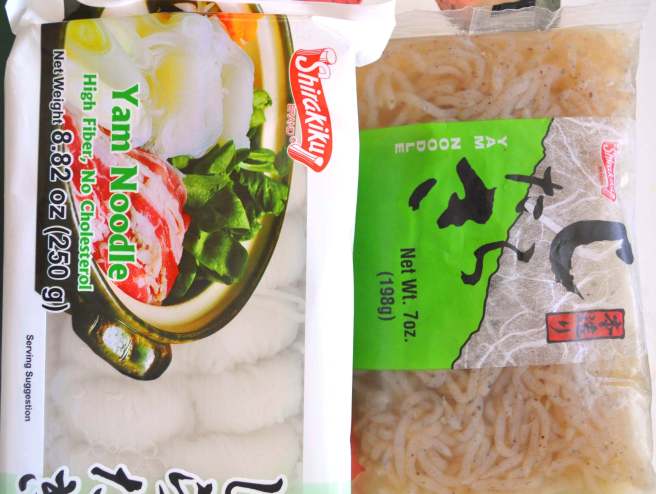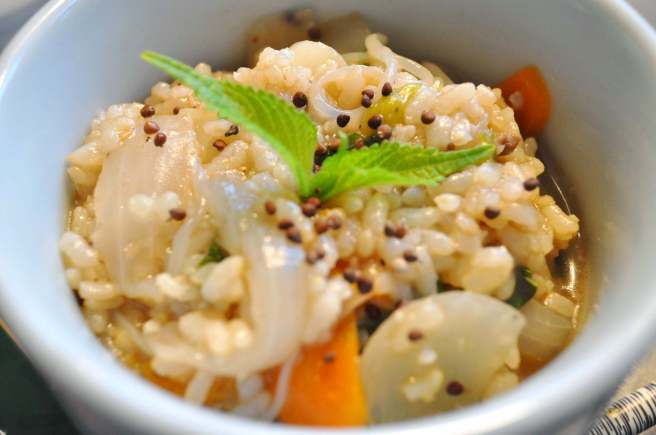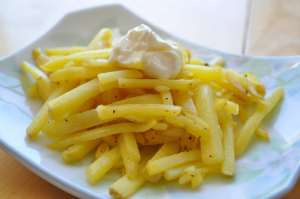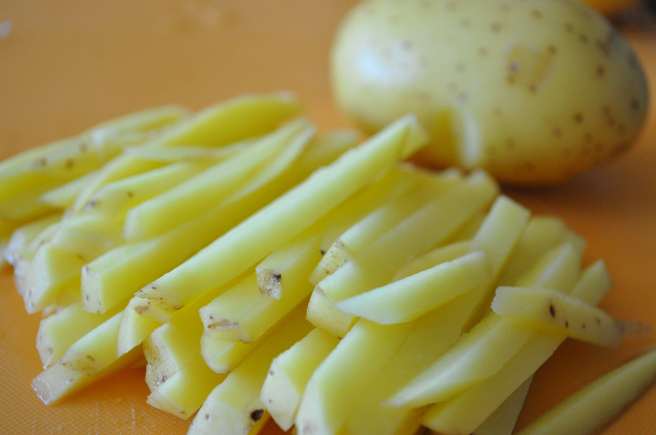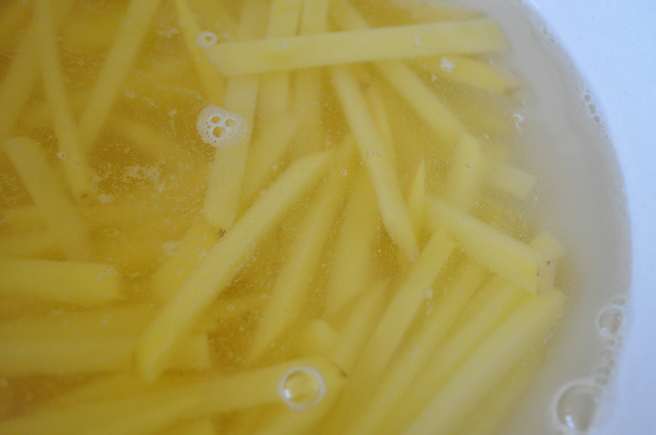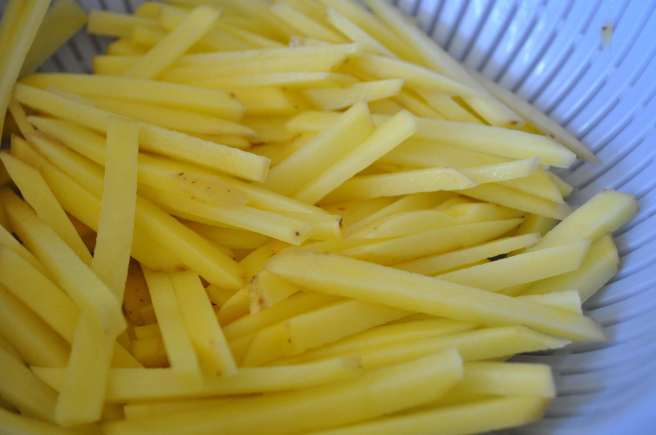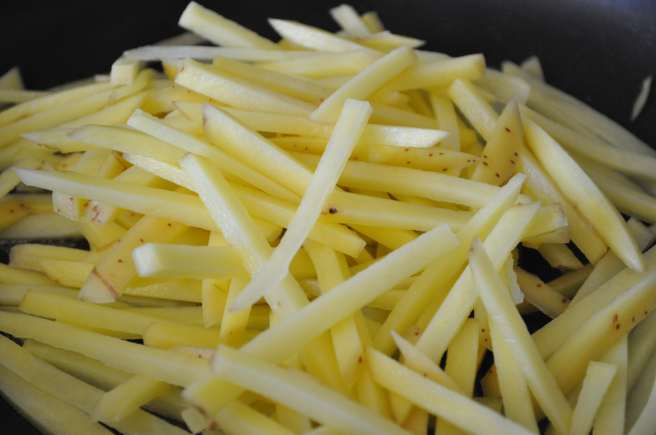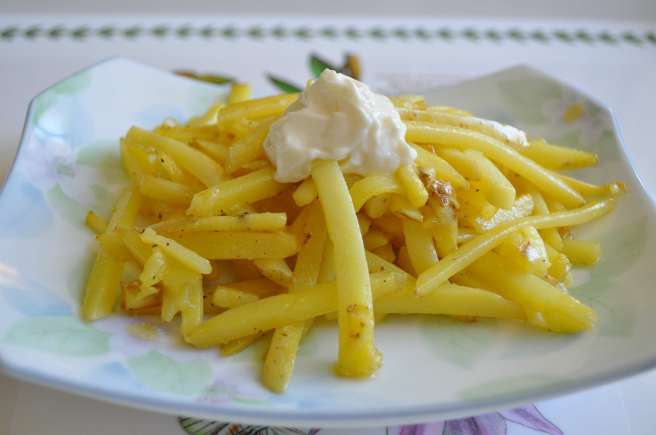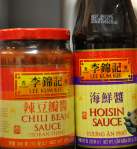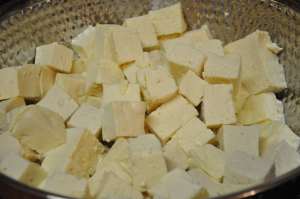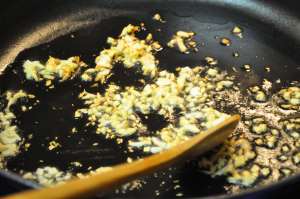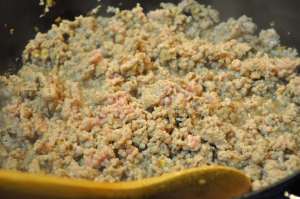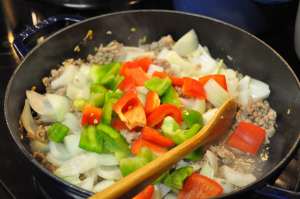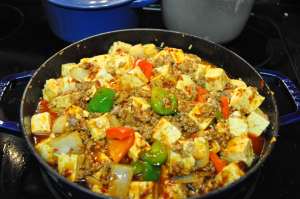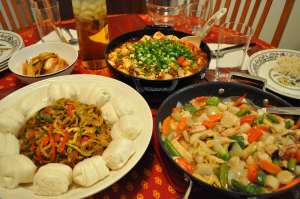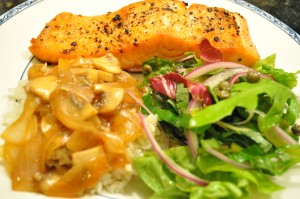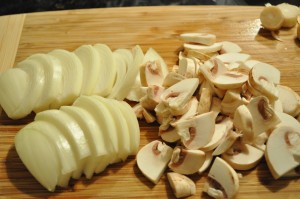
Ever since I started my blogs on Korean and other ethnic foods, I found myself often wondering if there were more appropriate cooking or preparation terms I could use to describe my cooking process. I also realized that I wanted to gain a better understanding and build a solid foundation of cooking whatever cuisine it may be. From last September to March of this year, I have attended the Culinary Techniques class at our local French Culinary Institute. It is a 110 hr course that was once a week from 10am to 3pm. Totaling 22 lessons in all.
As I shared some of my experiences with my friends, they have suggested that I should blog about my experiences of taking the Culinary Techniques class at the FCI and also share any tips that I got from the instructors there (which are not normally in any cookbook). So, please let me digress here a bit for the next several weeks while I blog about cooking classes.
I really wish I had started blogging about this earlier as my memory is now a bit foggy…sigh… but as they always say “better late than never”.
NOTE – I know there are probably many sources online about all the usual stuff you learn at cooking schools. I don’t plan to go over those but actually focus more on little tid bits of info, tips that I found very helpful and useful in everyday cooking.
Lesson 1
First thing we did was to pick up our chef jacket, pants, hat, apron, neckerchief, side towel and a tool bag that had just about every tool you would need to cook (paring, boning, slicing knives, whisk, spatula, etc). Ever wonder what was in the bags that the Master Chefs always bring with them on TV shows? Well, I have one now. Basically all your kitchen tools in a bag.
The first class was all about learning safety – about storing/handling food and equipment. I also learned that sharpening the knife with the sharpening steel before every use really makes cutting job very easy and actually safer. But of course, I did end up cutting my finger slightly NOT cutting but while washing my knife at the end! It figures…. Anyway, don’t let your sharpening steel just lie around, use it!
Then onto cutting vegetables – we learned all the different ways of cutting (taillage) : jardinier, macedoine, julienne, brunoise, paysanne, chiffonade, concasse, etc. Good thing I learned some French in high school. yikes!
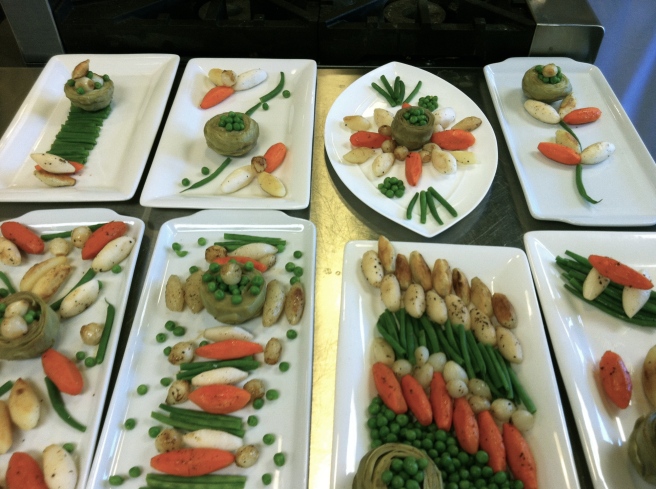
So, in a nutshell, here’s what I found interesting –
- sharpen your knife before each use (or at least every 2-3 use) w/ sharpening steel
- cut vegetables into uniform sizes and shape to ensure even cooking (also looks nice)
- for easy mincing(hacher) of herbs, make sure the herbs are well dried after they are washed
- when storing meats (esp. chicken) in the fridge, keep them on lower shelves because if any of the juice leaks, it will contaminate less things and also because usually the lower shelves are colder
- ever wonder why chef’s wear the neckerchief around their necks? First to absorb any perspiration but more importantly to keep chefs warm when they enter those walk-in freezers!
- cooking a l’anglaise (English style) basically refers to a very bland, plain method of cooking – just boil in salted water.
- cutting the carrots into tournage (see pic) was incredibly hard – 7 sides? whoever came up with this? why can’t it be 8 or 6? so much easier to divide. but basically it’s so that the vegetables will roll around on the pan as you shake the pan, getting cooked evenly.
- finally figured out how to chop the onions like the chefs on TV (where you first slice it into strips and then perpendicularly while the onion is still keeping it’s shape). No one told me NOT to completely cut off the root end and also that the knife has to be really sharp. I don’t think I have seen one TV show where they tell you that!! All this time, my onions would always fall apart whenever I tried to chop like the chefs..
Hope you find some of this useful!







